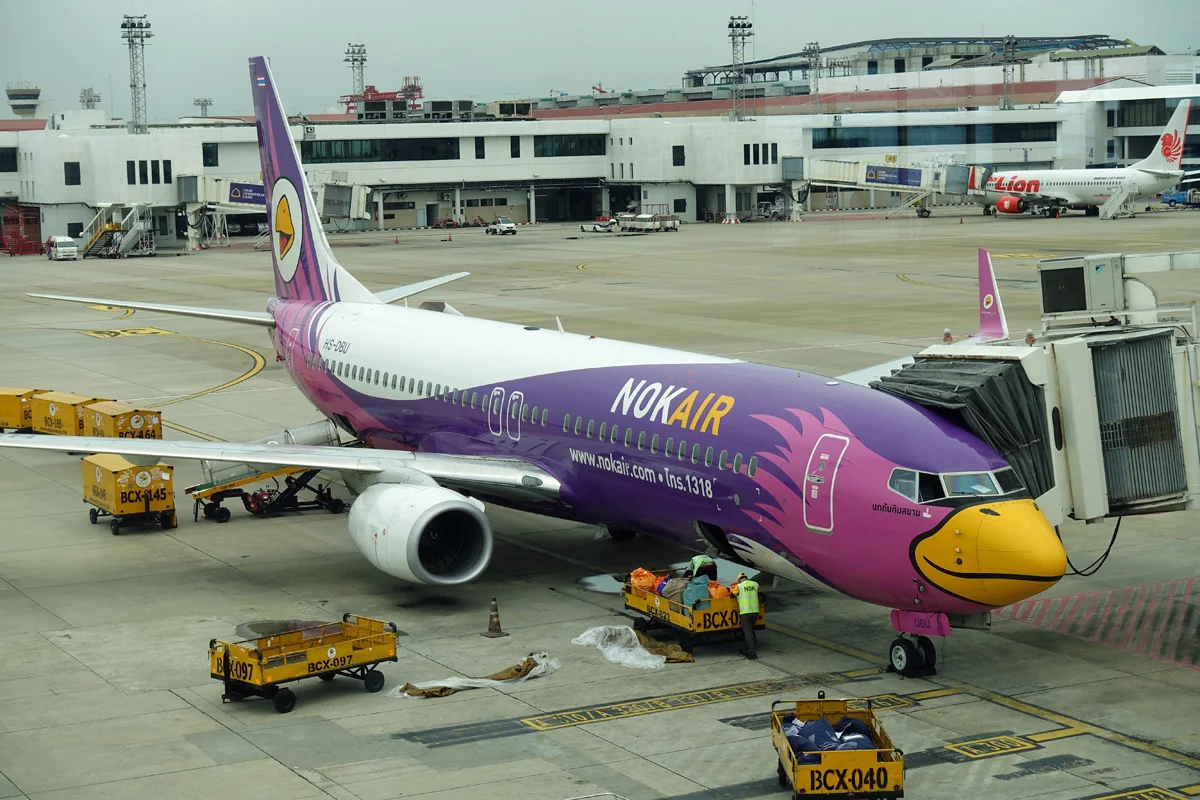Bangkok / Krung Thep (กรุงเทพ)
A new city can feel quite overwhelming on the first day. It’s hard to get your bearings. The best approach is to skip the taxis and explore on foot. In Bangkok, however, the crossings aren’t very pedestrian-friendly. My hotel was not far from the Chao Phraya River, and I soon found myself taking the Chao Phraya Express Boat, mingling with commuters on their way to work. The color of the flag indicates the line. Seeing the city from the water gave me a real sense of its scale.
Chinatown
Bangkok’s Chinatown is one of the largest in the world. Since I live near Amsterdam’s Chinatown — if you can call Zeedijk a “Chinatown” — I just had to visit. The Bowring Treaty, signed on 18 April 1855 between the United Kingdom and the Kingdom of Siam, liberalized foreign trade in Siam. As a result, businesses flourished in Chinatown, which had been founded in 1782. By the turn of the 19th–20th centuries, the district had developed a red-light area with opium dens, theatres, nightclubs, and gambling houses.
By 2017, Bangkok’s Chinatown was certainly less raucous, but I still spent half a day wandering its narrow alleyways, eating soup with fresh pig intestines, and visiting Chinese temples such as Wat Mangkon Kamalawat — the largest Chinese Buddhist temple in Bangkok. It was a delightful place to explore.
Wat Mangkon Kamalawat
Now everyone can fly
Moving on from Bangkok to Chiang Mai, I found that domestic air travel in Thailand is astonishingly cheap. I paid the equivalent of €86.02 for my flight from Bangkok Don Mueang International Airport to Chiang Mai International Airport with Nok Air. Thai Airways holds the second-largest stake in Nok Air.







